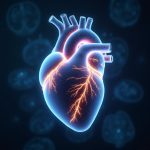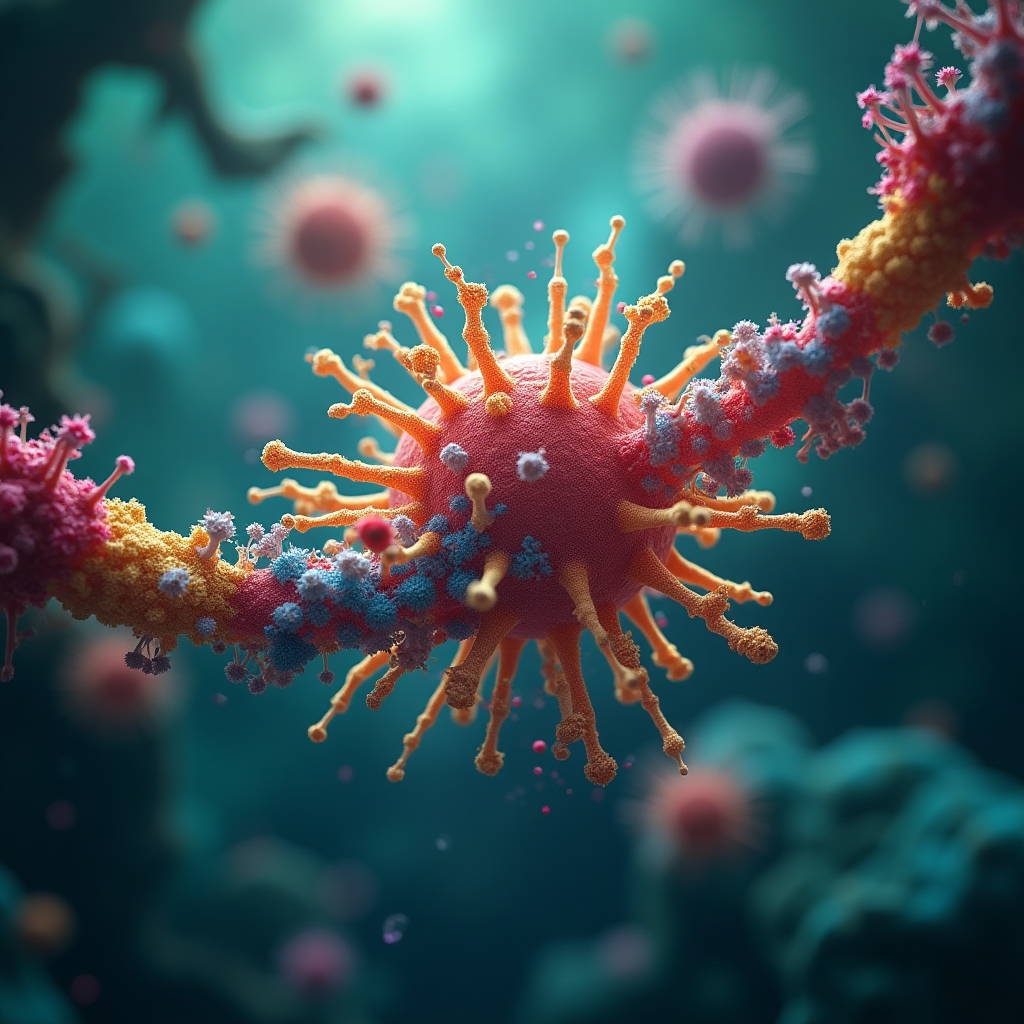When it comes to heart health, knowledge is power. If you’ve ever been told you need a cardiac catheterization, also known as a coronary angiogram, you might be feeling a mix of fear and confusion. What exactly happens during this procedure? Is it painful? What are the risks? Dr. Pradip Jamnadas, MD, a renowned expert in cardiovascular interventions, has broken it all down in his latest video, and we’re here to dive deeper into the topic, adding our own fresh perspective and insights.
What is a Cardiac Catheterization?
At its core, a cardiac catheterization is a diagnostic test used to visualize the coronary arteries, the blood vessels that supply oxygen-rich blood to your heart muscle. During the procedure, a special dye is injected into these arteries, allowing doctors to see if there are any blockages that might be causing symptoms like angina (chest pain), congestive heart failure, or abnormal stress test results.
Dr. Jamnadas emphasizes that this procedure is performed in a specialized lab, often on an outpatient basis. “We use X-ray imaging to guide a catheter—a thin, flexible tube—into the heart’s arteries,” he explains. “The dye highlights the arteries, making any blockages visible on the screen.” This minimally invasive technique has revolutionized cardiology, offering a clear picture of heart health without the need for major surgery.
Why Might You Need This Procedure?
Cardiac catheterization is typically recommended for patients who exhibit symptoms of coronary artery disease (CAD), such as chest pain, shortness of breath, or abnormal stress test results. It’s also used to evaluate the severity of blockages and determine the best course of treatment. “Sometimes, medical management alone is sufficient,” says Dr. Jamnadas. “Other times, patients may need a stent, angioplasty, or even bypass surgery.”
Interestingly, the procedure can also assess the strength of your heart’s pumping function. By injecting dye into the heart’s chambers, doctors can obtain a clear image of how well your heart is working. This comprehensive evaluation is invaluable for tailoring treatment plans to individual patient needs.
What Happens During the Procedure?
If you’re scheduled for a cardiac catheterization, here’s what you can expect:
- Preparation: The day before the procedure, you’ll likely undergo blood tests to check kidney function and blood count. On the morning of the test, you’ll be asked to fast, though you can take routine medications with a sip of water.
- Arrival: Patients typically arrive at the lab around 6 AM. An IV is inserted for hydration, and you’ll change into a hospital gown before being taken to the procedure room.
- The Procedure: Local anesthesia is applied to the wrist (or groin, in some cases), and a catheter is threaded through the blood vessels to the heart. Dye is injected, and X-ray images are taken to visualize the arteries. “Most patients feel nothing more than a warm flush from the dye,” Dr. Jamnadas reassures.
- Recovery: After the procedure, you’ll rest in a recovery room for about 30 to 45 minutes. Most patients can go home within an hour, provided they have someone to drive them.
One of the key advantages of this procedure is its minimally invasive nature. “Patients can walk around and use their arms within an hour,” says Dr. Jamnadas. “There’s no need for prolonged bed rest.”
Risks and Benefits
While cardiac catheterization is generally safe, it’s not without risks. Dr. Jamnadas points out that complications are rare but can include contrast allergy, heart attack, stroke, or even death, with the overall risk being about 1 in 10,000. “We always weigh the pros and cons with the patient,” he explains. “This procedure should only be done if we strongly suspect blockages that are affecting blood flow.”
On the flip side, the benefits are immense. A clear diagnosis can lead to targeted treatment, potentially preventing a heart attack or improving quality of life for those with congestive heart failure. As the Mayo Clinic notes, “Early detection of coronary artery disease can save lives and reduce the need for more invasive interventions down the line.”
Our Take: Why This Matters
As someone who’s navigated the complexities of family health and aging, I find Dr. Jamnadas’ explanation of cardiac catheterization both enlightening and reassuring. Heart disease is the leading cause of death worldwide, and procedures like this are critical in the fight against it. But beyond the medical jargon, it’s about peace of mind—knowing that modern medicine has tools to diagnose and treat heart issues before they become life-threatening.
Think of it like this: your heart is the engine of your body. If there’s a blockage in the fuel line, the engine won’t run smoothly. A cardiac catheterization is like a mechanic’s diagnostic tool, pinpointing the problem so it can be fixed. And just as you wouldn’t ignore a check engine light, you shouldn’t ignore symptoms of heart disease.
What’s Next?
If you’ve been told you need a cardiac catheterization, don’t panic. Take a deep breath and arm yourself with knowledge. Ask your doctor questions, understand the risks and benefits, and lean on loved ones for support. And remember, this procedure is a step toward better heart health—a step toward reclaiming control over your life and your future.
For those interested in learning more about heart health, Dr. Jamnadas’ YouTube channel is an excellent resource. And if you’re looking for tools to monitor your health at home, consider checking out this blood pressure monitor or this heart rate tracker. Affiliate links included—because taking care of your heart shouldn’t break the bank.
Join the Conversation
Have you or a loved one undergone a cardiac catheterization? What was your experience like? What questions do you still have about heart health? Share your thoughts in the comments below and join the iNthacity community. Become a permanent resident of the “Shining City on the Web”, where we explore the latest in technology, health, and innovation. Like, share, and participate in the debate—your voice matters.
Disclaimer
The information provided here is for educational purposes only and is not a substitute for professional medical advice, diagnosis, or treatment. Always consult your healthcare provider with any questions or concerns you may have regarding your health. As the National Institutes of Health reminds us, “Your health is your most valuable asset—take care of it with the guidance of trusted professionals.”
Wait! There's more...check out our gripping short story that continues the journey: Frozen Fuse
Disclaimer: This article may contain affiliate links. If you click on these links and make a purchase, we may receive a commission at no additional cost to you. Our recommendations and reviews are always independent and objective, aiming to provide you with the best information and resources.
Get Exclusive Stories, Photos, Art & Offers - Subscribe Today!


























Post Comment
You must be logged in to post a comment.